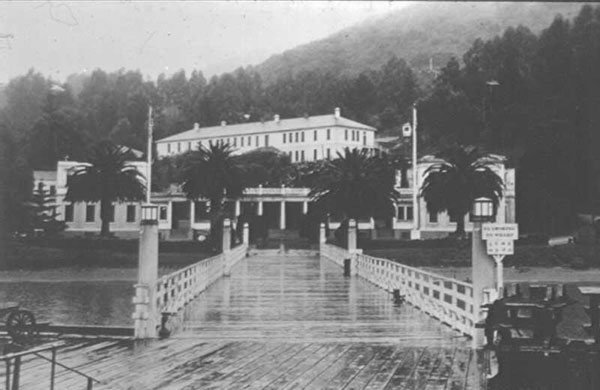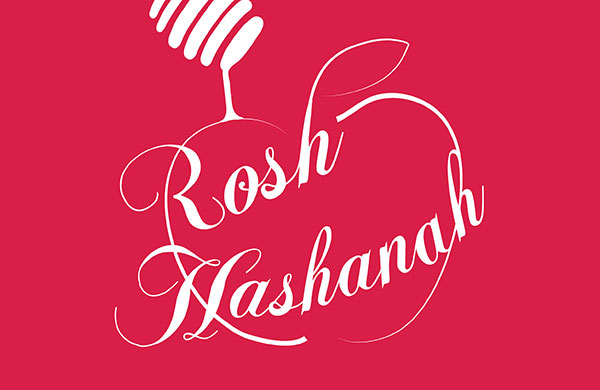 Worthy scholar and Talmud Torah teacher of Aram Soba (the Biblical name for Aleppo) and New York, Rabbi Selim Ashkenazi was born in Aram Soba in 1878 and gained experience as a sohet (ritual slaughterer) and as a teacher of boys in the Talmud Torah (Kitab in Arabic.) He was a very kind, unpretentious person, and this showed in the way he related to his many students, whether he was teaching them Alef Bet or Gemara. He was an excellent pedagogue and his students remembered him fondly as a person who always wore a smile on his face.
Worthy scholar and Talmud Torah teacher of Aram Soba (the Biblical name for Aleppo) and New York, Rabbi Selim Ashkenazi was born in Aram Soba in 1878 and gained experience as a sohet (ritual slaughterer) and as a teacher of boys in the Talmud Torah (Kitab in Arabic.) He was a very kind, unpretentious person, and this showed in the way he related to his many students, whether he was teaching them Alef Bet or Gemara. He was an excellent pedagogue and his students remembered him fondly as a person who always wore a smile on his face.
He immigrated to America before World War I, and initially settled in Texas. In 1919, he relocated to the Lower East Side of New York and later moved to Brooklyn, where he lived the remainder of his life.
In Brooklyn he started a Kitab in a small synagogue, located on 64th Street in the Sea Beach neighborhood, know as K’nees Betesh, founded by Shaul Betesh. In those years, there was no Jewish day school for Sephardic children and so most of his students attended the Kitab in the late afternoon after a full day at the local public school.
Traditionally, Kitab teachers used a small stick to maintain discipline. Rabbi Selim’s stick was very thin so that the child was not hurt too much when it was necessary to administer a sunta (a smack on the palm of the hand).

His fee was $5 per month per child. However, he would accept $2 from those who couldn’t pay more. The hours were 9 am to 5 pm for the younger children who did not attend public school. Older children’s hours were from 3:30 pm to 6 pm. On Shabbat the hours were from 1 pm to 4 pm and on Sundays from 9 am to 3 pm.
Each morning at about 11 am he would peel a cucumber, make four slices, and put them in a glass of water. These served as his lunch. He would smoke a nargileh (a Turkish water pipe) two or three times a day. He had on his table a small metal box which contained assorted candies, which he sold to the students. Once, two boys approached him to explain a passage in the Gemara. Since the Gemara was a large book, it covered the candy box and while one boy was receiving the Rabbi’s attention, the second boy sneaked a candy. A visitor was present in the classroom and noticed what was going on. When he mentioned it later, Rabbi Selim said, “Let them take—they don’t have money to buy.”
Three or four days before Yom Kippur at about 6 am, he went to people’s homes to slaughter their chickens for kaparot (atonement ritual). Later in the day, he would go to the local kosher butcher run by Shaya Shalom to slaughter chickens for customers who came in.
He had a reputation as a wise and knowledgeable man. People from the community would often consult him regarding their personal problems.
The revered scholar Matloub Abadi said, “Do not underestimate Rabbi Selim Ashkenazi; he is a first-rate Talmudist.” Nevertheless, he sought neither honors nor position.
Every Shabbat after lunch he would meet with Rabbi Eliyahu Husney and Rabbi Yaakob Maleh at the home of Mr. Ezra Safdya (father of Joe and Meyer Saff), and the four of them would study Gemara together until shortly before Minhah.
On his way to synagogue early one morning in 1951, he was beaten to death by a mugger. He was 73 years old and mourned by the entire community. His two sons and four daughters carried on his legacy.
__________
Rabbi David Sutton is a proud descendant of a distinguished Aleppo family. He is the author of Aleppo, City of Scholars from which this excerpt is taken.



